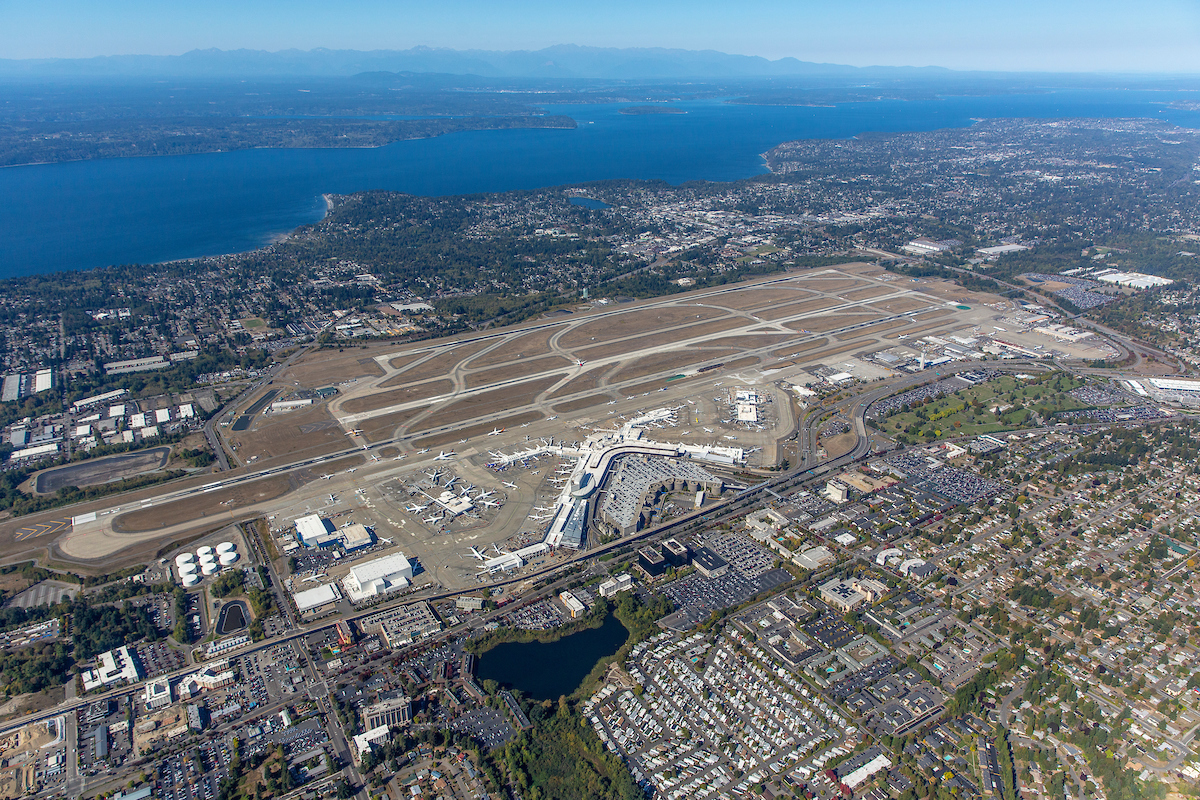Activities at Washington’s public ports support over 175,000 family-wage jobs.
With approximately 40 percent of all jobs tied to international commerce, Washington is the most trade-reliant state in the nation. Geographic advantages including proximity to the Pacific Ocean, natural deep water harbors courtesy of the Puget Sound, and an unparalleled network of roads, railways, and waterways have made the region a gateway for trade and commerce.
In our newest research, we examine the importance of Washington’s ports to the statewide economy.
Introduction
Background and Purpose
The importance of trade to Washington state is undisputed.With approximately 40 percent of all jobs tied to international commerce, Washington isthe most trade-reliant state in the nation1. Geographic advantages including proximity to the PacificOcean, natural deep water harbors courtesy of the Puget Sound and an unparalleled networkof roads, railways, and waterways have made the region a gateway for trade and commerce. Essential to the region’s preeminent role as an engineof international trade and economic growth is the extensive system of ports that serve communitiesthroughout the state. Washington’s public ports system is publicly owned and operates 75 distinctport districts across 33 of the 39 counties in the state. The state has more separate ports thanany other state, with some quite small in area and population.2 The public ports system includesseaports and airports and provides critical infrastructure that drives economic development acrossthe state. This paper focuses on the importance of Washington’sports to the statewide economy. These ports constitute important economic activity assetsby facilitating trade, the movement of passengers, tourism, supply chains, and industrial activities.

